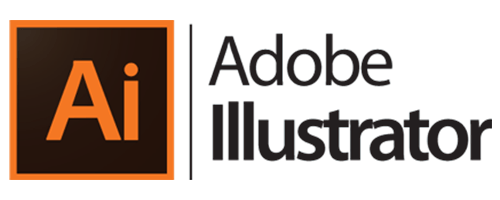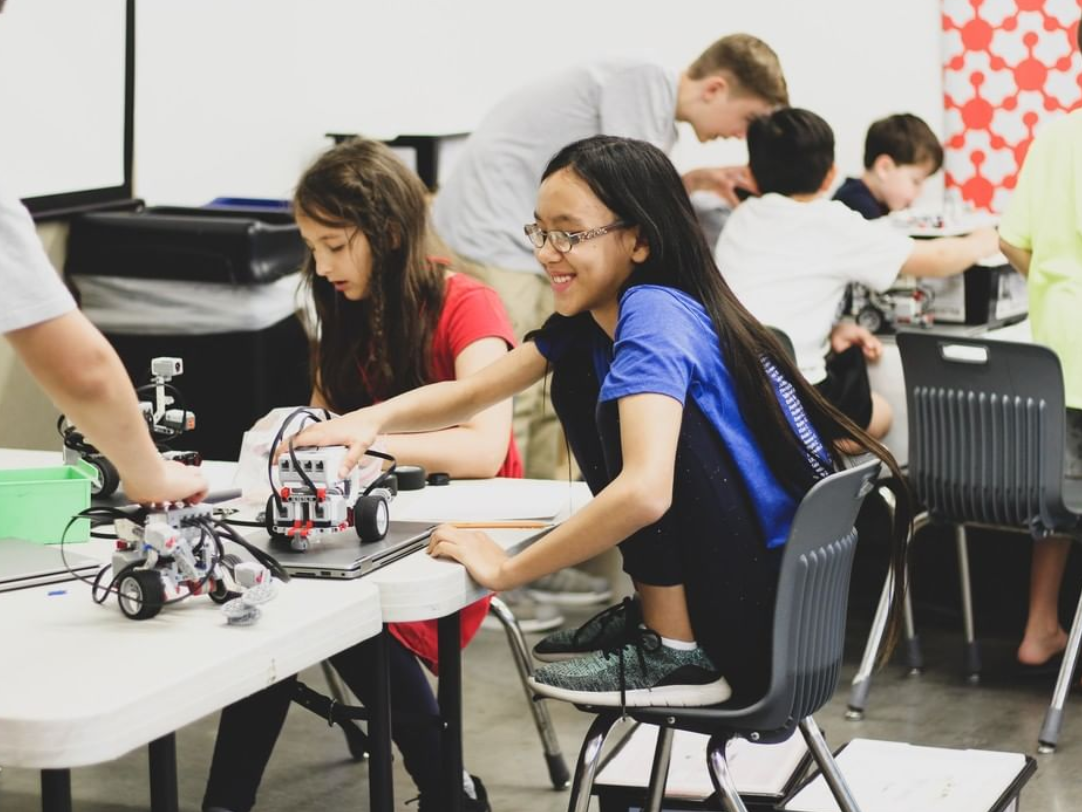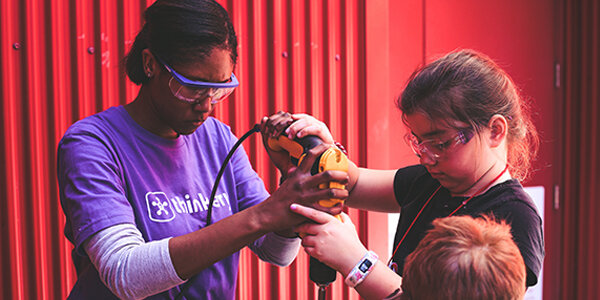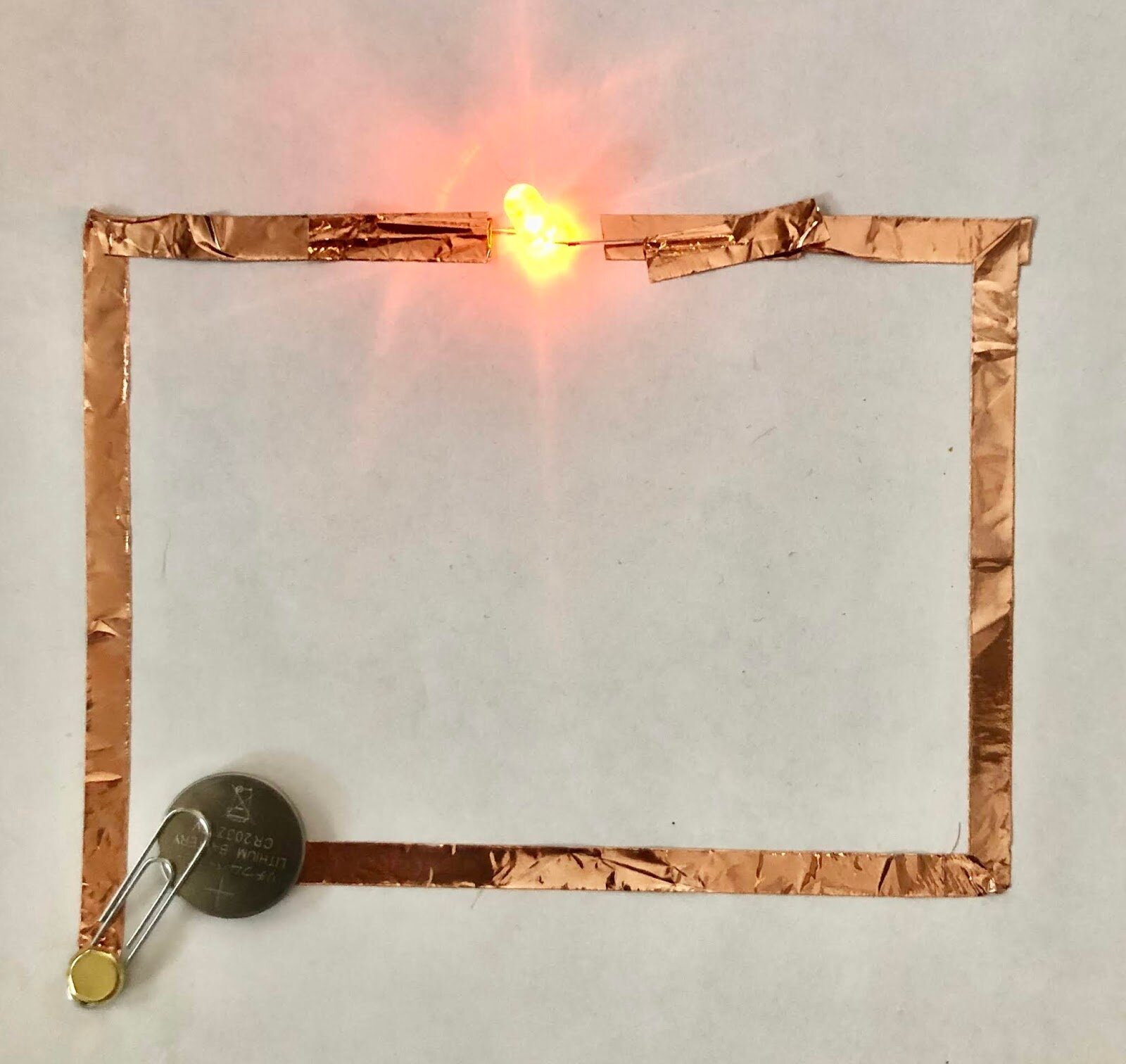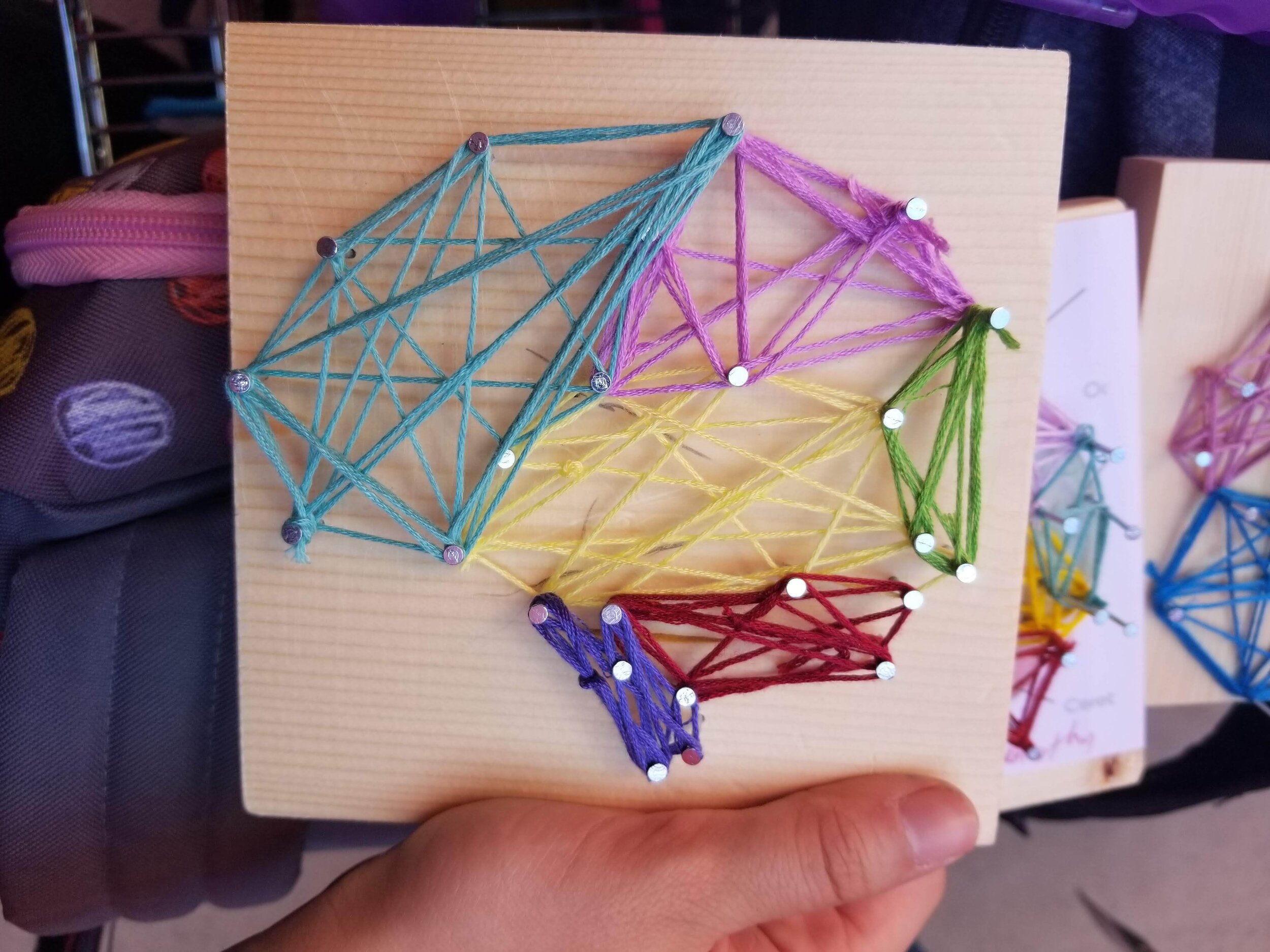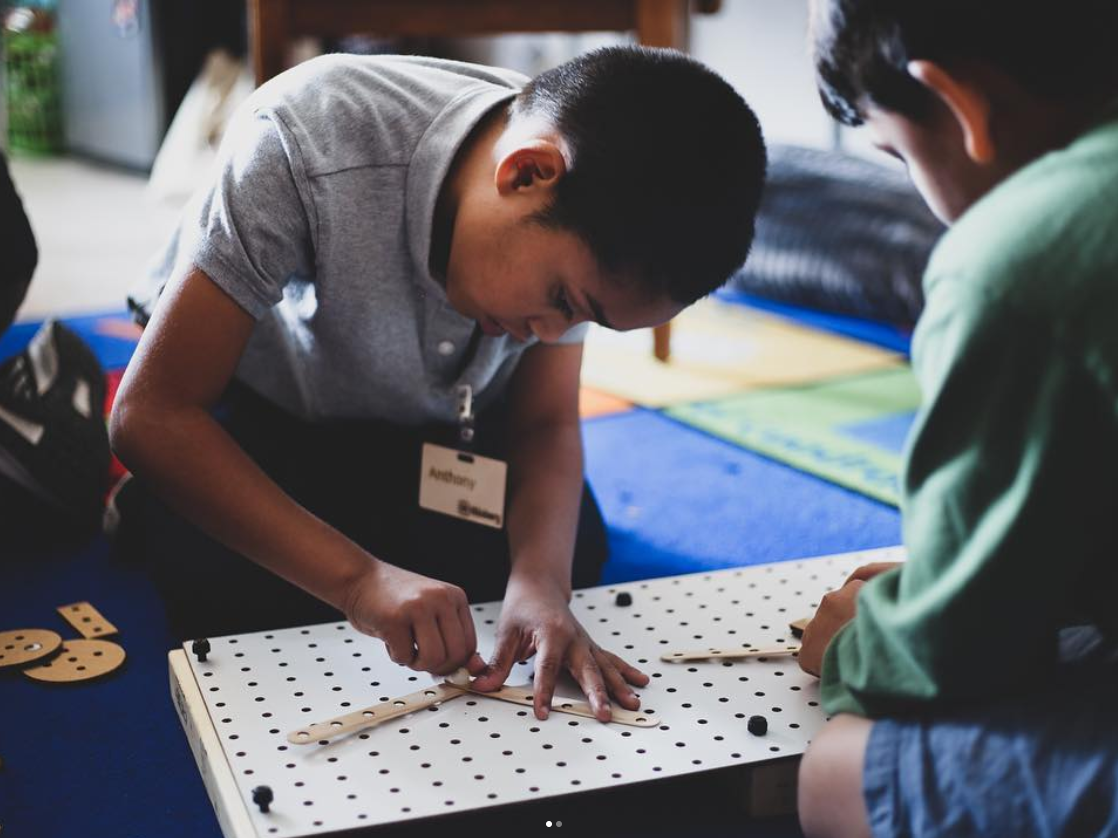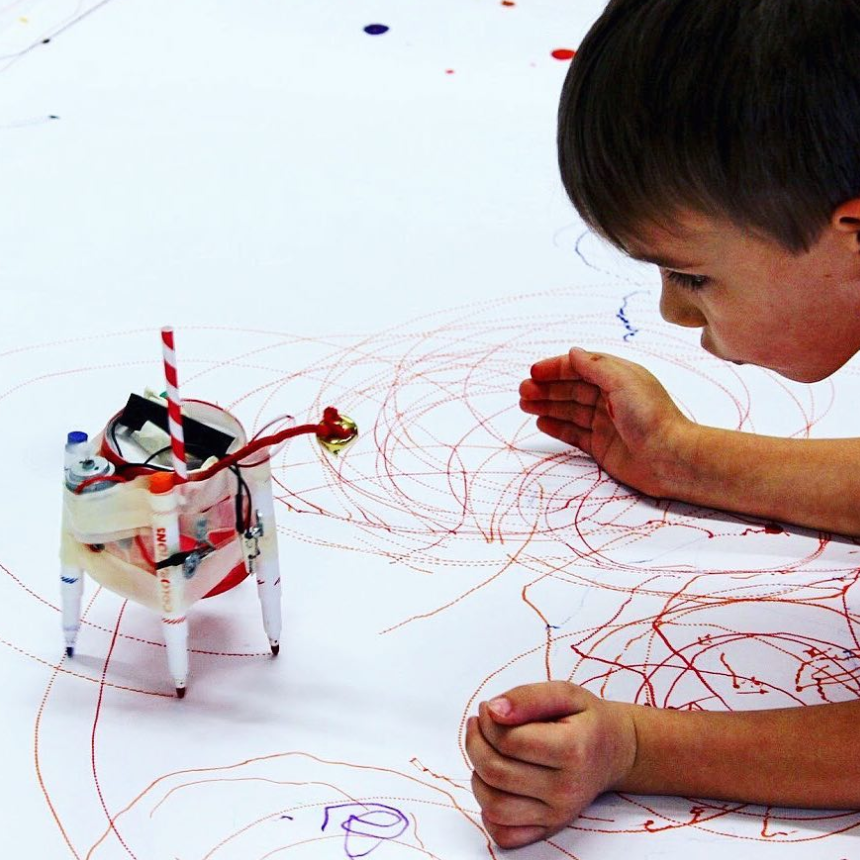
SKILLS
Computer Skills
Highly tech-savvy, detail-oriented, and communicative
Management Software
Indeed for Employers
Skillset: Expert
Tessitura Customer Relationship Management
Skillset: Proficient
Volgistics Volunteer Management Software
Skillset: Proficient
Humanity Employee Scheduling Software
Skillset: Proficient
HotSchedules Management Platform
Skillset: Novice
Communication Software
Microsoft Teams
Skillset: Expert
Zoom Video Conferencing
Skillset: Expert
Trello
Skillset: Expert
SurveyMonkey
Skillset: Proficient
Wufoo Forms
Skillset: Proficient
Mailchimp Email Marketing
Skillset: Proficient
Graphic Design, Video, & Audio Editing Software
Audacity Audio Editing Software
Skillset: Expert
Canva Design Platform
Skillset: Expert
YouTube
Skillset: Expert
Microsoft Publisher
Skillset: Proficient
Adobe Illustrator
Skillset: Novice
Pixabay
Skillset: Novice
Digital Humanities
Utilizing the International Image Interoperability Framework™, I created an online exhibition Curating for Clues, which allows users to roleplay as a curator examining 3D models of artifacts from cross-institutional collections. It was made as an introductory module to Museum Studies for ages 14-18 years old.
Public Speaking
Comfortable & Confident
Graduate of Toastmasters International
Performed in +26 theatrical productions
Represented Thinkery on social media, at donor events, and elevator pitches to a grant providers
At Thinkery, my responsibilities included:
Employee & Volunteer Training
STEM Curriculum Development
Operations Management/Customer Service
Teaching Tech
Below are a few examples of my personal favorite STEM Educational Technologies I wrote, prototyped, and personally taught lessons for at Thinkery Summer Camps.
Makey-Makey
The Makey Makey allows you to take everyday objects and combine them with the internet. Using the alligator clips attached to any conductive material you can control the keyboard of your computer, such as the space bar, arrow keys and left click of the mouse. We used the Makey Makey for several different types of activities, from Citrus Circuitry, Pumpkin Drum sets, to a literal “Rock” Band.
micro:bit
The BBC micro:bit is a pocket-sized computer that introduces you to how software and hardware work together. It has an LED light display, buttons, sensors and many input/output features that you can program and physically interact with. The latest micro:bit adds sound sensing and playback capabilities. My favorite capability is their compass sensor magnetometer, which we used during a GeoExplorers camp.
Code & Go Robot Mouse
The Code & Go Robot Mouse allows for hands-on coding, and I found it an effective tool for 1st-2nd grades especially. It’s a great tool for learning about logic, sequencing, and problem solving— the very basics of computer coding and programming. The photo above depicts an activity I created where campers programmed their robotic mice to travel around the world.
Ozobot
My personal favorite, Ozobots, are miniature robots that can follow lines or roam around freely, detect colors, and can be programmed using visual codes. Because they can follow colorful paths drawn by markers, they worked great in our museum hands-on environment. Campers loved watching Ozobots “act” out storylines as performed according to their hand-drawn programs.
Lego MINDSTORMS EV3
Perhaps the most versatile of STEM educational tech, Lego Mindstorms is a hardware and software structure which is produced by Lego for the development of programmable robots based on Lego building blocks. It can be very rewarding after a multi-day design challenge, but a word of caution: there are so many tiny pieces,
littleBits
littleBits are modular electronics, which snap together with small magnets for prototyping and learning. You can connect them together quickly and efficiently for a visually appealing lesson on circuits and robotics.
Playful.
Inquiry-Based.
Hands-On.
Lesson Planning
Over the course of my time at Thinkery, I wrote, prototyped, purchased materials, prepared, packaged, and implemented over +300 individual pieces of STEM curriculum. Some examples of hands-on lesson plans I created include:
Screen Printing
Natural Dyeing
Soldering Stained Glass
Tech Take Apart
Projects involving Sewing Machine/Hand Sewing
Projects involving Power Tools (Rotary Saw, Drills)
Projects involving Hand Tools (Hammers, Screwdrivers, Pliers, Wrenches)
Design Challenge: Engineering Energy Solutions
Engineering with Hydraulic Machines
Building Scribblebots
Pasta Making
Building Automatons
Circuit Blocks
Fermentation Chambers
Soap Making
Slime/Oobleck Making
DNA Extraction
Bioplastic Chemistry
DIY motor-operated seismic simulators
Sewn Circuits
Ecosystem Jenga
Working Model Lungs
Paper Circuits
Immersive Design
Participating in the Collaborative Escape Room Project at the University of Texas challenged me to expand my own understanding of what educational experiences could entail.
During a five-month period, our interdisciplinary team of artists and engineers collaborated to design, fabricate, program, install, and test an immersive escape room experience that would emotionally connect our audience to current environmental issues impacting our city. By connecting the data collected on our changing climate with the arts, our team worked to create a compelling call to action to develop programs and policy recommendations that will improve Texas’ sustainability.
















